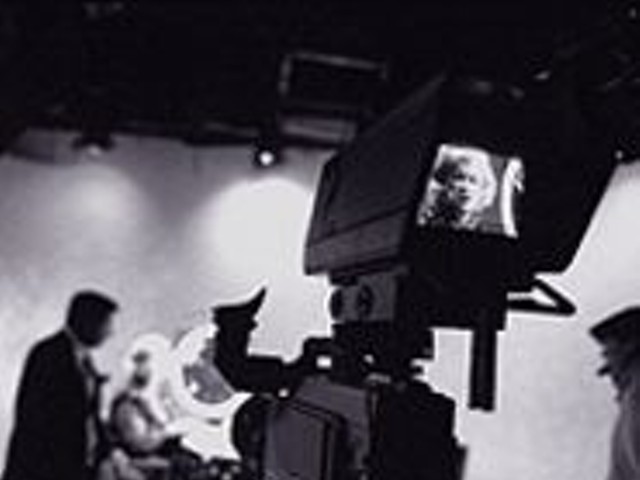Custom Built is now on view at the Forum for Contemporary Art, and, as Wexler's to-do list indicates, it's a funny and startling exhibition. It's partly a hard lesson in design, inviting viewers to think again about the logic of the built environment. It's partly a lesson about human behavior, our curious habits and often wasteful ways. And last, it's a conceptual art show par excellence, the likes of which have rarely been seen since conceptualism's heyday in the 1970s.
It may take a while for all of this to register, however, because the exhibition seems at first glance to be filled with nothing more than subtle sight gags. There's a shellacked hat fitted with plastic tubes, designed to collect and automatically bottle rainwater. A 2-by-4, fashioned not from wood but from architectural drawing paper, leans against the wall. And an entire series of dioramas is devoted to solving the "problem" of dining on a hillside. Wexler's canted viewpoint results in several surprising revelations, though it's not always immediately clear how useful they are.
One thing's for sure: Wexler's works are more than just jokes. They are serious studies of people, their habits and the products that serve them. Habits that we take for granted -- such as coffee drinking -- Wexler takes to task. In a series of works, Wexler dismantles the "need" to drink coffee by literally deconstructing coffeemakers. In "Braun 'Aromaster' 10 Cup Coffeemaker," the machine has been taken apart; each piece is stored, along with assembly tools, in a complex carrying case. Imagine using the machine and the daunting task of reassembly that even a single cup of coffee would require. The entire proposition seems patently absurd.
As a functional object, the work is absurd; but what it tells us about the practice of design is a revelation. An enormous amount of intelligence, labor and time goes into the design of any product. Yet we are accustomed to having that labor hidden from view -- working parts are usually encased in plastic; we're only expected to push the "start" button. Wexler reminds us of the physical nature of product design -- that our environment is indeed "built," and human beings have built it with their labor.
Most products we use -- appliances, architecture or clothing -- are designed to satisfy basic needs that have, over time, been transformed into highly stylized social practices. Wexler hyperstylizes his designs as a way of foregrounding this fact. One of his contraptions connects four full cups of coffee with plastic tubing; if one cup is raised independently of the others -- that is, if one person drinks and the others do not -- the equilibrium will be disturbed and three of the cups will overflow. Other works fuse clothing and furniture, requiring diners to merge with tablecloths or wear chairs as they would shirts.
Sprinkled among these more outlandish proposals are far more sober experiments, models of dwellings and contemplations about the nature of structure. But all of Wexler's works engage in a consistent line of questioning about how we live and how we build. The exhibition should appeal to anyone, but it should hold special interest for students of architecture and design.
Wexler's works also contain all the subversive inquisitiveness of Dan Graham and Gordon Matta-Clark, conceptual artists who spent the 1970s revealing that aesthetics, politics and the human need for shelter all intersect in the structures we build and inhabit. Wexler extends this kind of inquiry in serious, humorous and ultimately profound ways.





